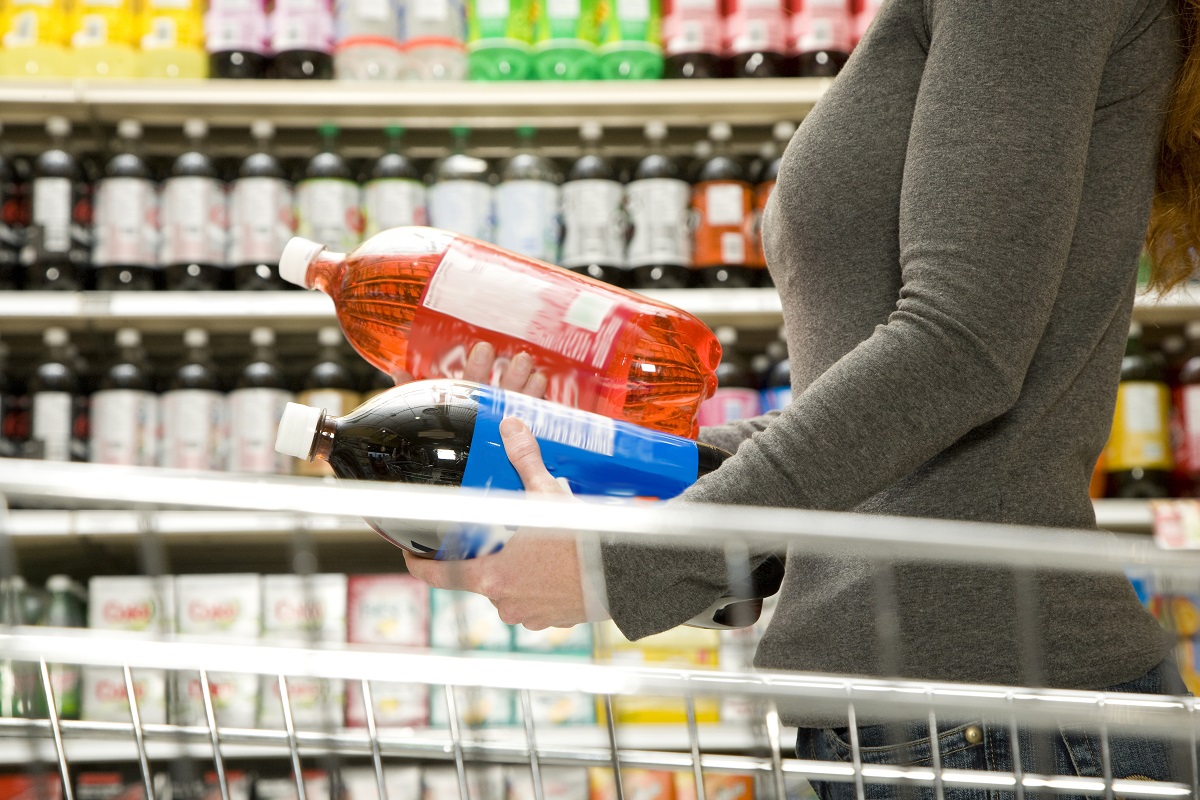Soda’s empty calories are a prime target in the war against obesity. Taxes on sugary drinks are an increasingly popular tool among local governments hoping to curb consumption. Berkeley was the first city in the country to approve a soda tax on distributors, a one-cent-per-ounce tax which was instituted in March 2015. But the health benefits of the tax depend on retailers passing on at least some of the price increase to consumers, and for consumers to drink less of them as a result. Bryan Bollinger, an assistant marketing professor at Duke’s Fuqua School of Business, worked with Steven Sexton, an assistant professor of public policy and economics at Duke, to study whether the tax was effective at reducing consumption in Berkeley.
Bollinger discusses the new research in this Fuqua Q&A.
What effects did you find the tax had on soda consumption in Berkeley?
We found much of the cost of the tax is not being passed along to consumers, and consumption is not significantly dropping. We estimate a soda tax reduced calorie intake among soda drinkers in Berkeley by only a few calories per day.
Fewer than half of supermarkets changed the price of soda in response to the tax, and prices at chain drug stores did not change at all; neither did consumption. On average, about 20% of the tax was passed on to supermarket consumers. Though there is some evidence the tax reduced supermarket soda consumption, these effects are not robust – we cannot be sure they even exist. Not only that, we estimate half of the reduced consumption we found is offset by increased consumption at a nearby supermarket that is not subject to the tax.
How could you be sure there weren’t other factors at play?
To evaluate outcomes in Berkeley relative to what would have happened if no tax were imposed, we compared Berkeley with other, similar locations that don’t have a soda tax. We used Nielsen scanner data from 2013-15 to observe millions of prices before and after the tax went into effect.
We compared price and consumption changes for each of seven stores in Berkeley with dozens of stores in California but not in the Bay Area, along with dozens more beyond California, matching stores based on price and quantity trends before the tax was implemented. It was important to go farther afield for a suitable control group because stores near Berkeley could be affected by the strategic responses of distributors, retailers, or consumers to the tax.
Taxes on alcohol and tobacco have helped reduce consumption. Why did a local tax on sugary drinks not work in the same way?
It is often assumed success of state and federal taxes on tobacco and alcohol can be replicated in local taxes for soda. But city taxes are different from statewide and national taxes, and sodas are a different product. A city soda tax is easy to avoid if consumers can readily purchase soda outside the city, as they can in Berkeley, where most workers travel outside the city for their jobs.
Because many consumers regularly purchase sodas, retailers facing a city soda tax likely worry about losing not just soda sales, but sales on entire shopping baskets of many of their customers who prefer one-stop shopping and go elsewhere to find cheap soda.
We found chain retailers also like to charge the same prices across all of their stores, so they may not change prices in response to a tax that impacts only some of them.
Retailers also like to charge the same price for similar products like Diet Coke and regular Coke. They may not change this practice, nor increase diet soda prices just because the cost of regular sodas goes up when a tax is introduced.
How do your findings differ from those of other studies? What makes you confident in your results?
Other studies have found different results, including that stores pass on more of the tax, as lawmakers intended. But some of them used single snapshots of prices before and after the tax and so could mistake standard variations in pricing – for instance, those due to promotions – with changes in average prices due to the tax. They also sampled prices of only select products. We used comprehensive data including millions of observations across hundreds of days for the full set of products. Prices of store brands in particular were completely unaffected by the tax. Another study used scanner data for local stores recently bought by a national chain. these studies relied upon comparisons to nearby stores that may have been affected by the tax.
What can policymakers learn from this research?
They can’t assume these taxes will work the same way in every location. Since Berkeley, similar taxes have since introduced in larger cities such as Philadelphia and Chicago, with different socio-economic profiles. It may be that their residents cannot as easily avoid the tax by shopping outside the city. This might cause retailers to make different decisions about whether to pass on price increases. And if prices are set so as to be consistent within large areas, taxes in larger cities or state taxes may be more effective in raising retail prices and curbing consumption of sugary beverages.
If consumption doesn’t drop, the tax may be ineffective in improving health. And even if it does generate new revenue for the municipality, those revenue gains could be lost to declining sales if the tax prompts people to shop outside the city.
